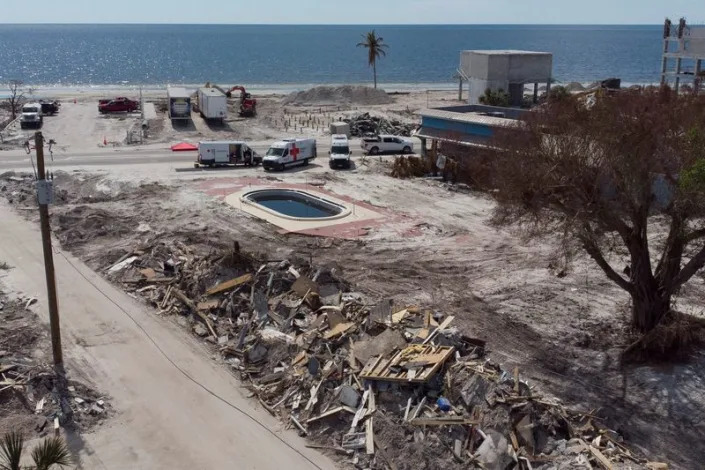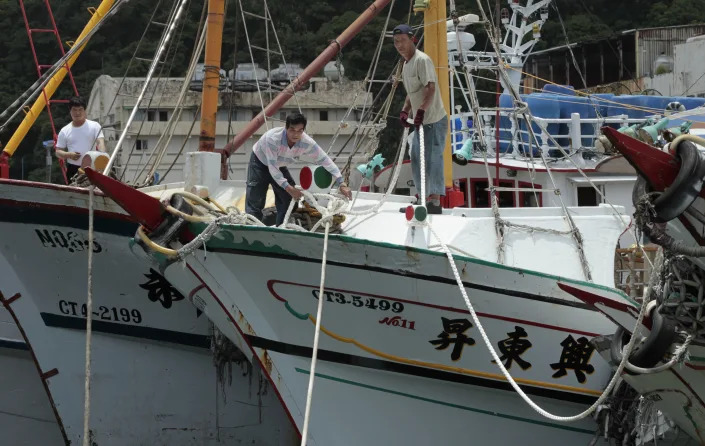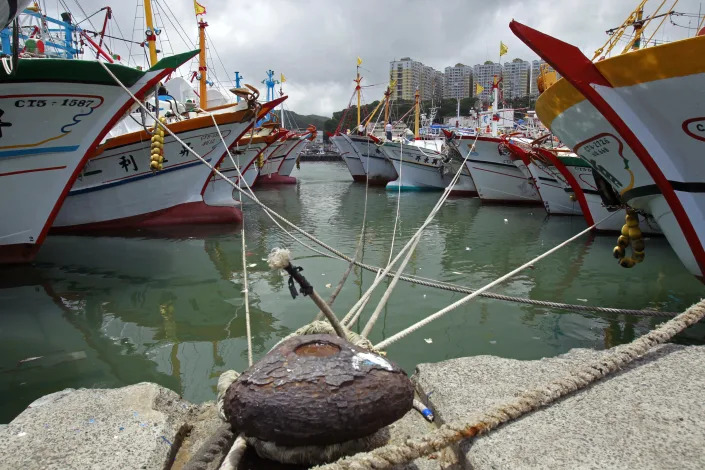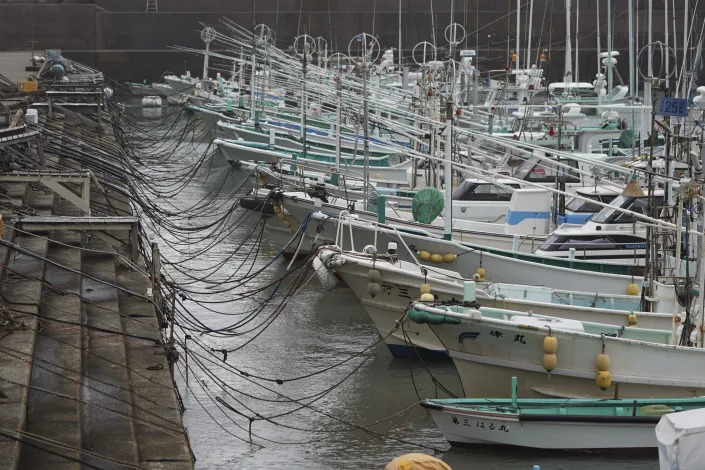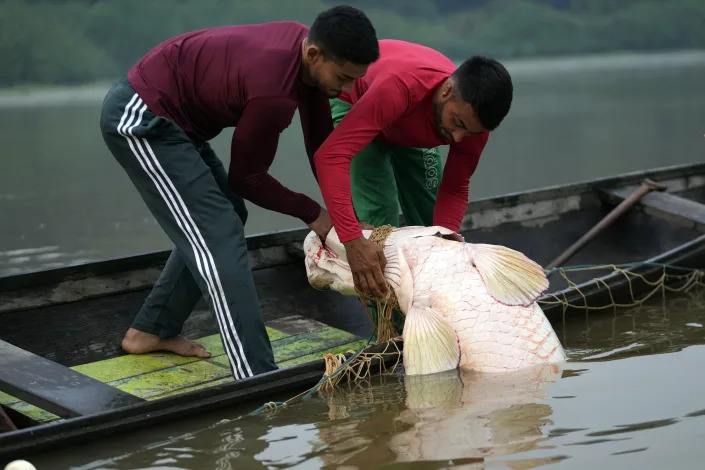Thu, November 3, 2022
By Timothy Gardner and Ismail Shakil
WASHINGTON (Reuters) - The U.S. Department of Energy on Thursday said it sold 15 million barrels of oil from the Strategic Petroleum Reserve to six companies, completing the last batch of the largest-ever release from the stockpile announced by President Joe Biden in March.
The contracts were awarded to Phillips 66, Marathon Petroleum Supply and Trading LLC, Shell Trading (US), Valero Marketing and Supply, Macquarie Commodities Trading US, and Equinor Marketing and Trading, the Energy Department said in a statement. Deliveries will take place from Dec. 1 to Dec. 31.
Biden sold 180 million barrels of oil from the reserve to fight oil prices that had spiked on concerns about Russia's war on Ukraine, stronger demand as global consumers emerged from the pandemic, and U.S. drillers struggling at first to boost output.
The oil price jump helped push U.S. inflation to the highest level in 40 years.
The U.S. president announced a plan last month to begin refilling the stockpile when U.S. crude is around $70 a barrel, a level he said would allow drillers to profit while being a good deal for taxpayers. The U.S. benchmark was around $89 on Thursday. [O/R]
The U.S. Treasury estimated that the 180 million barrel sale cut gasoline prices by up to about 40 cents per gallon compared to what they would have been absent the release.
But the sale also bled the SPR, meant to be a protection against shocks in energy markets, to the lowest level since May 1984. And it helped to sour U.S. relations with Saudi Arabia which sided with Russia in early October in a deep oil production cut.
Biden said on Oct. 19 the United States is ready to tap the SPR again early next year to rein in prices.
